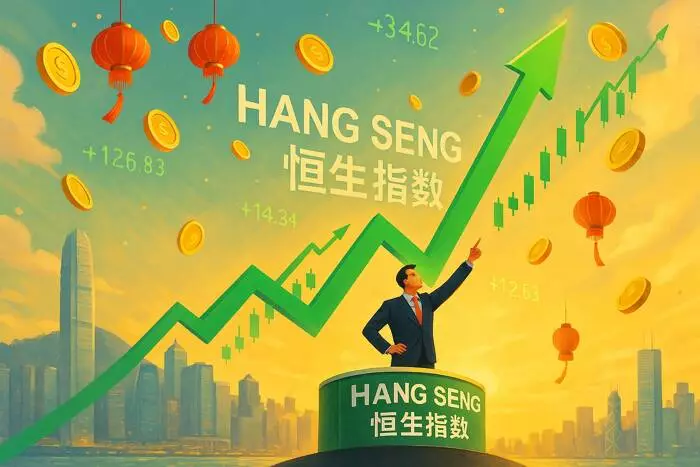Mainland China’s stock exchanges showcased a perplexing week, which, though abbreviated by holiday closures, reflected specific underlying sentiments among investors. The CSI 300 index, which serves as a barometer for the performance of the largest stocks on the mainland, experienced a modest decline of 0.43%, while the Shanghai Composite Index slipped by 0.49%. Such figures, albeit small, encapsulate a broader hesitation rooted in unresolved economic dialogues, particularly regarding international trade. While some streets may have closed with a mild frown, improved trade signals circulating through alternative channels suggest a potential turnaround, though market participants have yet to fully embrace this optimism.
Commodities: A Safe Haven No Longer?
In stark contrast to the modest ebbs seen in stock indices, safe-haven commodities like gold faced notable pressure, experiencing a significant downturn of 2.38%, settling at $3,240. This decline can be attributed to a palpable shift in risk appetite among investors, who seemed more inclined to venture into equities as trade tensions appeared to ease. The dynamics of gold as a safety net are changing—a compelling narrative driven by fluctuating market sentiment makes one question its role as an escape from volatility. Additionally, the fall of WTI crude oil prices by 7.68% to $57.925 sparked widespread concern regarding OPEC+’s potential output increases. This turbulent backdrop of oil prices not only underscores the complexities of global supply chains but also reflects anxieties surrounding international cooperation.
Australia’s Resilience Amid Global Anxieties
Conversely, Australia’s ASX 200 index defied the global downward trajectory by recording a remarkable surge of 3.39%, marking three consecutive weeks of gains. This rebound can be ascribed largely to a confluence of easing US-China trade hostilities and softening inflation figures that have buoyed consumer sentiment. Particularly noteworthy is the robust performance of technology and banking sectors, evident in the S&P/ASX All Technology Index, which rose by a striking 5.54%. Such momentum underlines the resilience of Australian stocks, with key institutions like ANZ and the Commonwealth Bank of Australia playing pivotal roles in fostering investor confidence.
Japan’s Economic Climate: Navigating Headwinds and Tailwinds
Meanwhile, Japan’s Nikkei Index demonstrated a commendable rise of 4.08%, spurred by the Bank of Japan’s tempered approach to monetary policy amidst tariff concerns and a languishing Yen. The sensitivity of the Yen’s performance, which appreciated by 0.92% against the USD, emphasizes the intricate relationship between currency strength and export competitiveness. This strategic shift in economic policy not only enhances the desirability of Japanese assets but also fosters a potentially favorable environment for future corporate earnings growth—an aspect that investors cannot afford to overlook.
What Lies Ahead: The Market’s Uncertain Terrain
As the market watches for critical updates, including impending trade data from China and household spending reports from Japan, the need for vigilance is paramount. The Fed’s forthcoming interest rate decision will undoubtedly ripple through global markets, and astute investors should remain attuned to the evolving nuances of trade and monetary policies. In a landscape fraught with volatility, one cannot overstate the importance of remaining informed and proactive, especially as many economic variables shift with pace and precision. The outlook remains tenuous yet hopeful—an intricate dance of currency, commodities, and equities that defines our contemporary market landscape.

